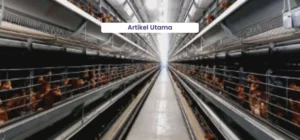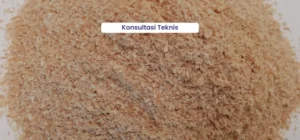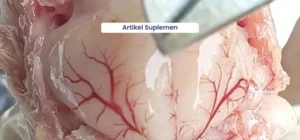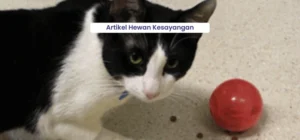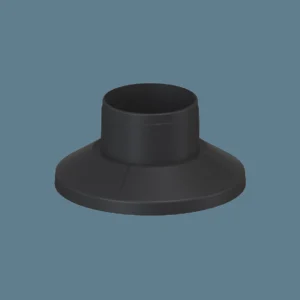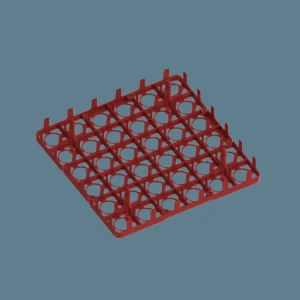Products
Beranda - Products
Your Trusted Partner for All Your Needs
Animal Husbandry
Comprehensive Livestock Products for Better Health and Productivity
Poultry
Quality products to maintain health and enhance poultry performance.
Ruminants
Worm medicine, supplements, disinfectants, and antibacterial products to keep ruminants healthy and strong.
Swine
Complete nutrition and equipment to promote growth and well-being in swine.
Biosecurity & Sanitation
Products to safeguard livestock health and improve performance.
Closed House
Advanced closed house systems to optimize livestock performance.
Livestock Equipment
Provide efficient, sterile and durable farm equipment.
Agriculture
Pesticides, Fertilizers, and Tools for Optimal Farming Productivity
Pesticides
Protect your crops from pests with high-quality insecticides, fungicides, and herbicides.
Fertilizers
Nutrient-rich fertilizers to support optimal plant growth.
Pet Care
Complete Nutrition for the Health and Happiness of Your Beloved Pets

